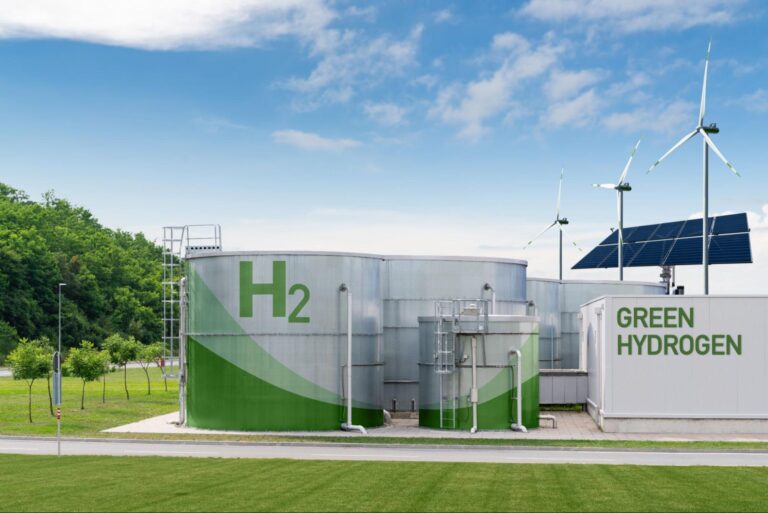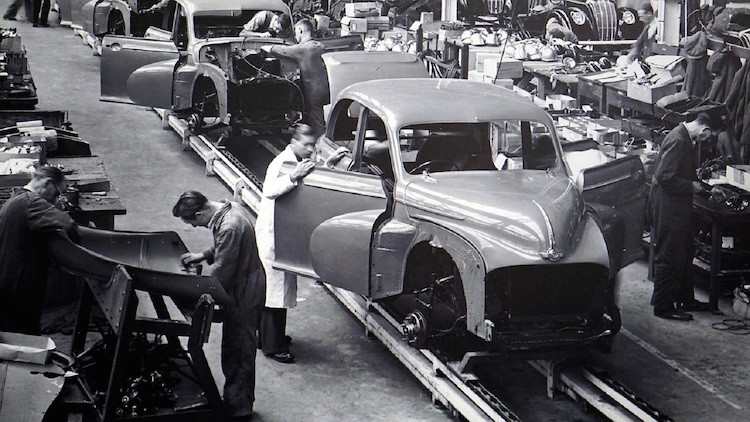Time to read: 2 min
There are 4 main types of 3D printing technologies: FDM, SLS, SLA, and Polyjet. In this post, I’m going to outline the strengths and weaknesses of each 3D printing technology, to help you choose the best one for your prototyping needs.
Picking the Right Technology
Similar to picking the right material, understanding your technology options can help speed up development, save costs, and most importantly, produce higher quality hardware products. Below is a chart comparing important metrics when deciding what 3D printing technology to use for your prototypes:
|
FDM |
SLS |
SLA |
Polyjet |
|
|
Materials |
PLA, ABS, Thermoplastics |
Nylon |
Visiclear/VisiJet |
Vero, VeroClear, Rubber |
|
Process |
Plastic/metal filament extruded out of nozzle to build a 3D object |
High power laser fuses particles of plastic/metal/ceramic/glass powder |
Ultraviolet laser cures liquid resin layer by layer |
Photopolymer deposited onto bed, UV light cures resin after each layer |
|
Surface texture |
Low resolution, visible layer lines |
Slightly rough surface feel |
Smooth, often shiny |
Smooth, high resolution, matte finish |
|
Functionality |
Strong and durable |
Strong and parts with some flex |
Strong and brittle |
Capable of both rigid and flexible parts |
|
On mechanical failure |
Almost no deformation until sudden fracture |
Gradual deformation until fracture |
Almost no deformation until sudden fracture |
Slight deformation until fracture |
|
Post-process |
Hand remove support material |
Polishing |
Heated to melt support material |
Hand cleaned by water-jet |
|
Cost |
$ |
$$ |
$$$ |
$$ |
When to Use FDM
- Rapid prototyping
- Low-cost models
- Strong and durable parts
- When precision and surface finish are not crucial
When to Use SLS
- Robust and functional parts
- When surface finish is not crucial
- Design would use a lot of support material to cope with intricacy
When to Use SLA
- Translucent pieces
- For creating molds for casting to facilitate mass-production
- When intricate details and/or a very smooth surface finish is crucial
- When strength and durability of the model is not crucial
When to Use Polyjet
- Acrylic plastics, elastomers and transparent option
- Smooth surface finish and fine details
- Final product look and feel, great for visual models
- Multi-material printing
Check out the individual pages on Polyjet, SLA, SLS, and FDM to learn more about their specific properties, and as always if you have any further questions feel free to reach out to the Fictiv support team!










